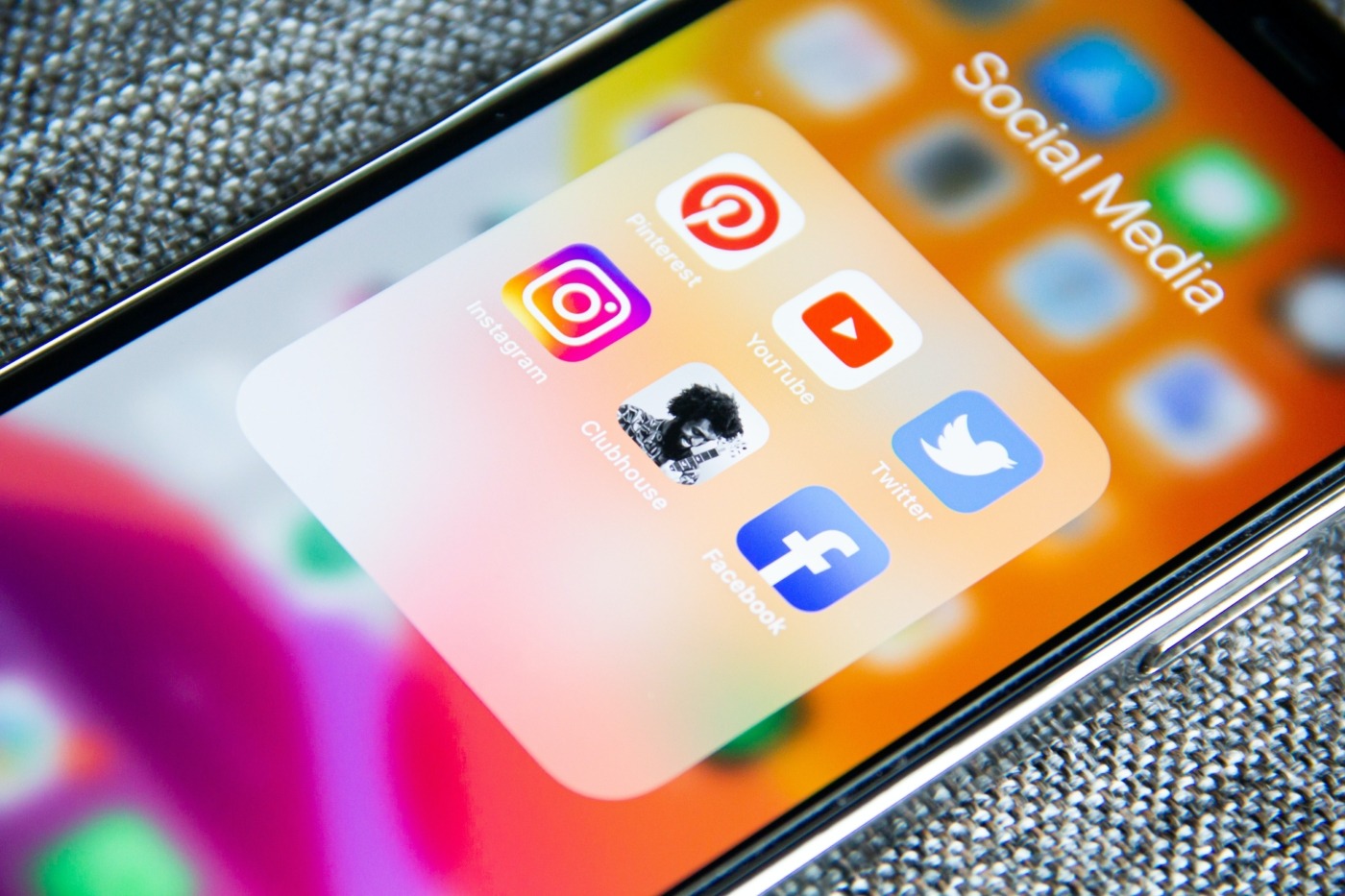The Power of Social Media in our Financial World
Social media is one of the most popular forms of communication in the modern world, especially since the onset of the pandemic that forced people to either go virtual or go it alone. Recent studies have found that more than half the world (58.4%) now uses social media, with 424 million new users coming online during 2021 alone. Have social media platforms become the most successful businesses?
Facebook is the most popular social media site by far, since it overtook YouTube in popularity in 2010, and successfully grew its userbase from 276 million to 2.83 billion over the course of a decade, (from 2009 to 2019). Due to the success of the site, Mark Zuckerberg became the youngest businessman to break into the world’s top 10 richest figures and is now worth 75 billion USD at only 37 years old. It’s estimated that he earns between $6 million to $12 million per day, although this can fluctuate due to stocks. As well as Facebook, the company now known as Meta also owns Instagram and WhatsApp, (along with various other products and services), which means it holds a strong monopoly when it comes to social media platforms. The company is also one of “The Big Five” American technology companies, up there with Amazon, Apple, and Microsoft.
It may seem surprising to people that regularly use Twitter that the site is nowhere near as popular as it’s competitors
Alongside Facebook, Instagram and WhatsApp are among the most used platforms, with around 1 billion and 2 billion monthly active users respectively. In comparison, Twitter, (one of the leading social media sites that isn’t under the Meta company), has a mere 300 million monthly active users and generated $3.7 billion revenue in 2020, compared to the $60 billion made by Facebook. It may seem surprising to people that regularly use Twitter that the site is nowhere near as popular as it’s competitors – in fact, Twitter is less popular than both Tumblr, which many consider a “dead” social media site like MySpace, and the Chinese equivalent of Twitter, Weibo.
Speaking of which, the banning of other social media in China has led to the rise of Chinese social media – WeChat and Weibo are the most popular. In 2020, WeChat had a net income of ¥108.2 million, (the equivalent of $17B), compared to the Meta company’s $85.9B revenue during the same year, with $60 billion coming from the Facebook app alone. This is despite WeChat being essentially a “home screen” for many Chinese smartphone users, due to the amount of the functions that can be completed within the app. WeChat has over 1.26 billion monthly active users, (as of 2021), and has even supplanted AliPay as the most popular payment service in the country. It belongs to Tencent, China’s equivalent to Meta, which is now the second largest company in the country.
One Chinese social media that has achieved global success, among international audiences, is Tik Tok. While it was released in mainland China in 2016, under the name Douyin, the international version became available worldwide in 2018, after it was merged with Musical.ly (another Chinese social media service). It generated $4.6 billion revenue in 2021, an incredible 142% increase from the previous year, and currently has 1.2 billion monthly active users. It has been predicted that the app will reach 1.5 billion users by the end of 2022. The international success of the app has been unprecedented, with it becoming one of the most popular social media platforms in the world in just a few years, especially since previous attempts to build a global platform for Chinese social media apps were a complete failure. For example, Tencent’s WeChat failed to succeed in overseas markets.
A universal trend in social media has been to sacrifice smaller platforms, in order to funnel all activity into the biggest platforms
A universal trend in social media has been to sacrifice smaller platforms, in order to funnel all activity into the biggest platforms. This was first witnessed with the “death” of MySpace, which was the most popular social media in the early 2000s but was surpassed by the creation of Facebook and is now unrecognisable to most young people. Apps like Snapchat and Pinterest have largely been made obsolete due to popular sites adopting their unique features: for example, Instagram is now capable of the stories and messaging features that Snapchat were used for, meaning that the latter app has sadly been ghosted. Similarly, YouTube now has “Shorts” and Instagram has “Reels” which both imitate the wildly successful formula of Tik Tok’s short, portrait videos.
It’s clear that social media platforms have become among the most successful businesses of the modern world, generating between a few million to billions annually, and have been among the few companies that have thrived during the pandemic. While the future of social media is hard to predict – very few people could’ve predicted the success of Tik Tok – there’s no doubt it will continue to be part of our lives.

Comments